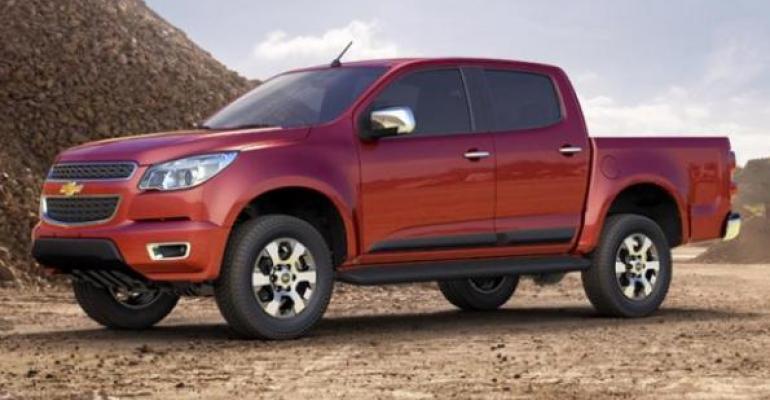MUMBAI – General Motors India will launch four small cars and a light truck designed and engineered by its Chinese partners in coming months.
The vehicles will be the result of a new collaboration between General Motors and Chinese auto maker SAIC, already partners in a joint venture in China. General Motors-SAIC Investment intends to replicate GM’s success in China by growing GM India’s sales and market share via an expanded product portfolio.
GM India is looking to improve stagnant sales and market-share figures by leveraging China’s cost advantages to field competitive, affordable vehicles. The upcoming vehicles will be Chevrolet-badged to build on existing brand recognition.
Components are being localized to ensure competitive costs, while the vehicles
are undergoing key changes such as being retooled for right-hand drive and having their ground clearance raised to better handle India’s bad roads.
GM India faces a long comeback trail. Its two Indian plants’ combined production capacity is 470,000 units, but its 2011 sales were just a shade over 110,000 and its market share increased by a tiny fraction to 4.7%.
But GM India can grow at twice the rate of the overall Indian market once the full range of Chinese cars is launched, predicts former Managing Director Karl Slym, who is moving to China as executive vice president of General Motors-SAIC Investment.
“By combining the outstanding resources of GM with those of our partners in China, (GM India) can respond faster to the evolving domestic market than ever before,” Slym says. “It will help us emerge as a volume player in this market in the shortest time.”
The U.S. auto maker entered both China and India in 1990. But its market share in India languishes at 4.7%, while its China share has climbed to 7%.
GM’s strategy in India has misfired twice: launching the European Opel brand in 1996 but, after attracting little customer interest, having to replace it in 2003 with the better-known Chevrolet brand.
Additionally, GM initially offered only sedans in India, then shifted to small hatchbacks: The Spark achieved average 7% growth in both 2007 and 2008, but 2009 sales were flat. Beat deliveries in 2010 jumped 60.7% year-over-year, but followed with just 6% growth in 2011.
GM International Operations President Tim Lee reportedly admitted during a 2010 visit to India that mistakes were made in the past and that GM policies have been inconsistent.
India’s market preferences now are shifting toward small SUVs, hatchbacks and entry-level sedans, both in the small-car tax bracket. GM India offers nothing from either segment in that tax category. And while the Chinese models are meant to reflect Indian consumer trends, their arrival may be delayed if they require changes needed to qualify for the small-car bracket.
Most auto makers in the small-tax bracket now offer a choice of gasoline or diesel engines. Examples include the Ford Figo and EcoSport, Nissan Micra, Honda Jazz, Maruti Swift and Dzire, Toyota Liva and VW Polo.
Besides adopting this strategy with the new Chinese models, GM India will build and in early 2013 launch the all-new Chevy TrailBlazer SUV unveiled at last year’s Dubai auto show. The TrailBlazer has been in global markets for nearly a decade but is not in production now. The redesigned, facelifted model first will be built in Thailand later this year.
The 7-seat TrailBlazer, based on the Colorado pickup platform, will challenge the Toyota Fortuner, Ford Endeavour and Mahindra XUV 500 in India.





